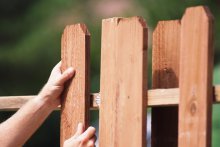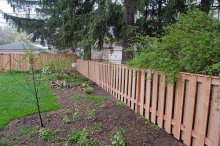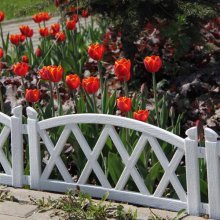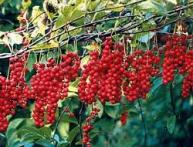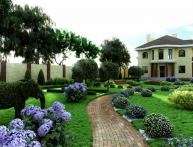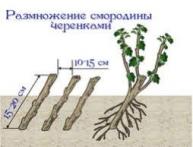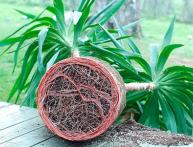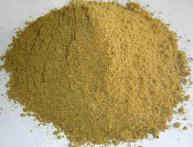Fencing for garden beds: do it yourself
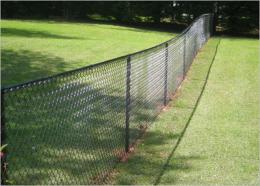
On almost every personal plot you can see flower beds and beds that are designed for growing vegetables and plants.
In order for the garden plot to have an attractive and well-groomed appearance, the beds must be fenced.
Special fences or borders can be purchased at the store or you can build them yourself.
Content:
- Why fence garden beds?
- What material to choose for fencing
- Board fencing: step-by-step instructions
- Fencing for beds made of slate: installation
Why fence garden beds?
Fences for garden beds perform 2 functions: practical and aesthetic. The beds can be of any shape. Tasteful fencing for garden beds will look beautiful and tidy.
Among the advantages of fenced beds are the following:
- Don't let the earth crumble
- Prevents weeds from entering plants
- Limited area for performing heavy physical work
- It is easier to cover a fenced space with film
- Gives the beds the necessary shape
Many summer residents are strenuously struggling with weeds. This problem can be solved with the help of borders for beds. When the fence is buried in the ground, weeds will not be able to penetrate the treated soil.
In those areas where the soil is loose and sandy, fencing strengthens it. This solution is not relevant for those who have dense soil on their plot, where they can do without sides.
When arranging warm beds, you cannot do without fencing.Warm beds consist of several layers, which are easier to lay if there is a fence.
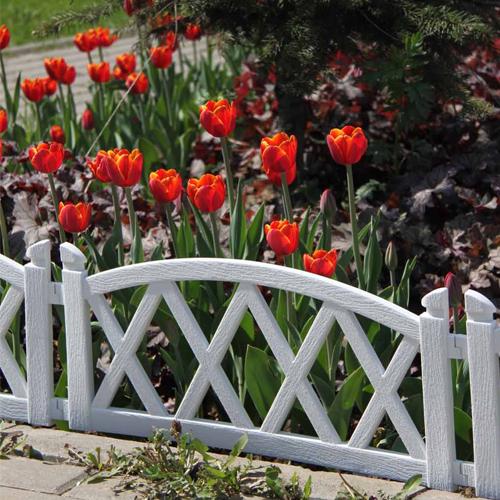
Beds that are fenced with boards, slate or other materials make work much easier.
At the same time, it is more convenient to loosen and water the plant if there is a fence that prevents spillage from the edges of the beds.
What material to choose for fencing
To create a fence, you can use any available material.
Wooden boards. Board fencing is quite popular among gardeners. Any lumber is suitable for a fence: edged boards, picket fences, timber, slats, etc.
Before making a wooden fence, the material must be treated with an antiseptic.
Bricks. The brick fence looks beautiful and aesthetically pleasing. The height of a brick fence can consist of two or more bricks.
The use of this method will forever solve the problem of fencing and landscaping the garden.
Stones. To create a stone fence you will need concrete mortar and cobblestones. The laying of stones can be different. The process is carried out in the same way as laying bricks.
Slate. Leftovers or pieces of slate can be used to make good fencing for growing various crops.
This fence is quite strong. To make the area look aesthetically pleasing and beautiful, the slate fence can be painted in any color.
Profiled sheeting. It is a metal structure with a wave-like shape. This material is resistant to corrosion and will last a long time.
To build a homemade metal fence you will need a hacksaw and a shovel.
Polycarbonate. It is a hard matte material that is weather and impact resistant. This material is durable, but quite expensive.
Bottles.Along the entire perimeter of the garden bed, a fence can be made from bottles. This option is the most budget-friendly.
Using bottles you can create beds of any size and shape. When creating a fence from plastic bottles, you must first fill them with earth.
This is done to ensure that the bottles stay firmly in the ground and do not lose their shape.
Braided branches. Very often, a fence made from willow branches is used as a fence. They are the most flexible and smooth.
This decorative and original fence will look great on your garden plot.
Border tape. It is strong, lightweight and durable. Installing the tape is quite simple; no special skills are required.
When purchasing border tape, you should pay attention to the material from which it is made. Cheap plastic tape may crack in winter. To prevent this from happening, it should be removed indoors for the winter.
Fencing for beds and flower beds can be made from any material, the main thing is to do the installation consistently and carefully.
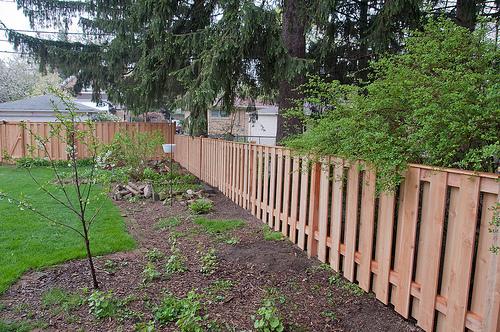
This will not only make the work of summer residents easier, but also make the site more beautiful and attractive.
Step-by-step instructions on how to make a fence from boards
To build a fence using wooden planks, you will need the following materials:
- Board
- Wooden pegs
- Metal corners and fittings
- Hammer
- Roulette
- Shovel
- Screwdriver
The preparatory stage of creating a fence involves choosing a suitable location. Then you should decide on the size of the bed.
The fence can be of any length and shape. The wooden frame is usually made no more than 120 cm.
In a suitable and chosen place, it is necessary to lay out the prepared boards (it is better to use deck or terrace boards) and cut them.
Stick pegs in the corners of the proposed bed and pull a thread around the perimeter. It will serve as a guide.
If the bed is on lawn, then it is necessary to remove the top layer of turf along the marked area. Once the ground is ready, you can begin assembling the frame.
Place the boards vertically and fasten them on the inside using screws.
For a tall and long frame, to avoid bending, you need to make a crossbar in the middle of the board.
Before installing the frame, it should be treated with a special antiseptic. This will prevent rotting and destruction of the wooden fence.
Next, the frame is installed and filled with earth. Then use a hammer to hammer in pegs around the perimeter.
You can easily install fencing for garden beds if you have beams, boards and other necessary materials available.
Fencing for beds made of slate: installation
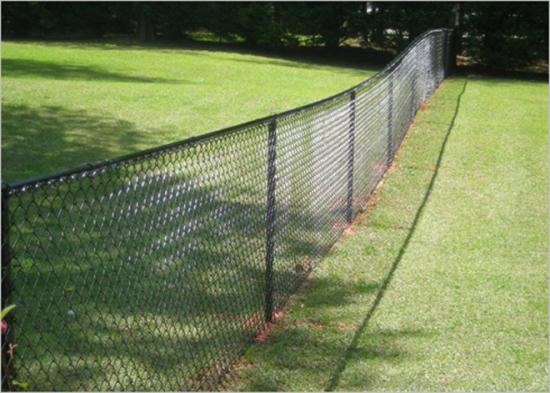
Slate fencing for garden beds is a budget option. You can use both old and new slate.
For installation you should prepare:
- Slate plates
- Wooden pegs
- For marking, bars or rope
- Soil for filling
- Lime
- Hammer
- Shovel
- Level
In place of the bed, drive pegs in the corners and pull the rope. Dig a trench 10 cm deep along the stretched rope.
Slate plates should be of the same size. Next, install the slate in the recess and tap it with a hammer.
Level the walls of the fence using a level. To make the fence strong, pegs must be driven in on the outside.
Sprinkle the installed material at the base with earth. Next, dilute lime in water and treat the sides of the fence on both sides.
Place dry leaves, sawdust or paper at the bottom of the bed, and then cover it with soil.To build a fence, minimal construction skills and desire are required.
Self-installation of the fence will prevent crumbling and erosion soil, and will also give the garden a well-groomed appearance.
The video shows an example of a decorative fence on a site:
Interesting information about the vegetable garden

